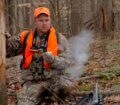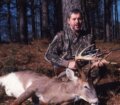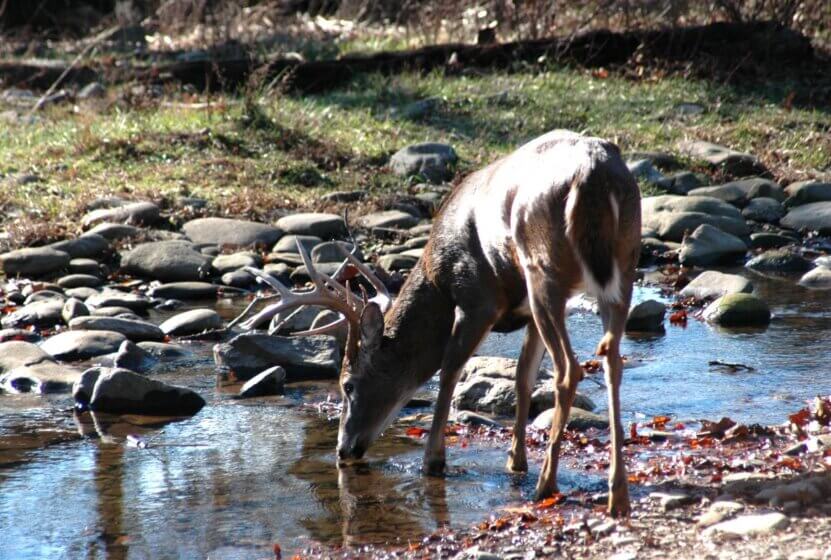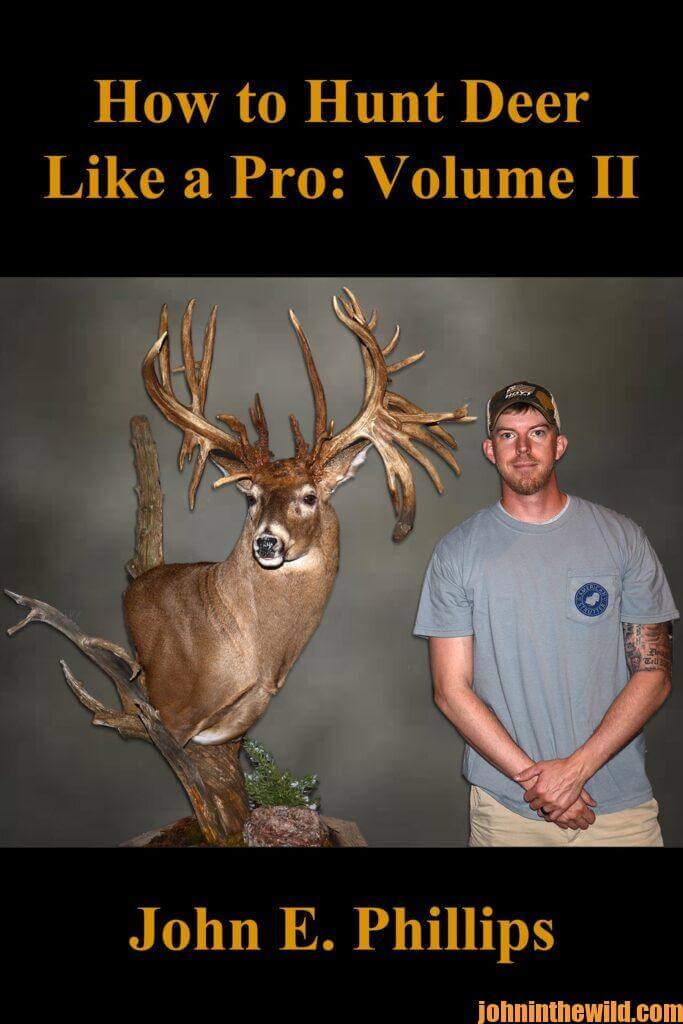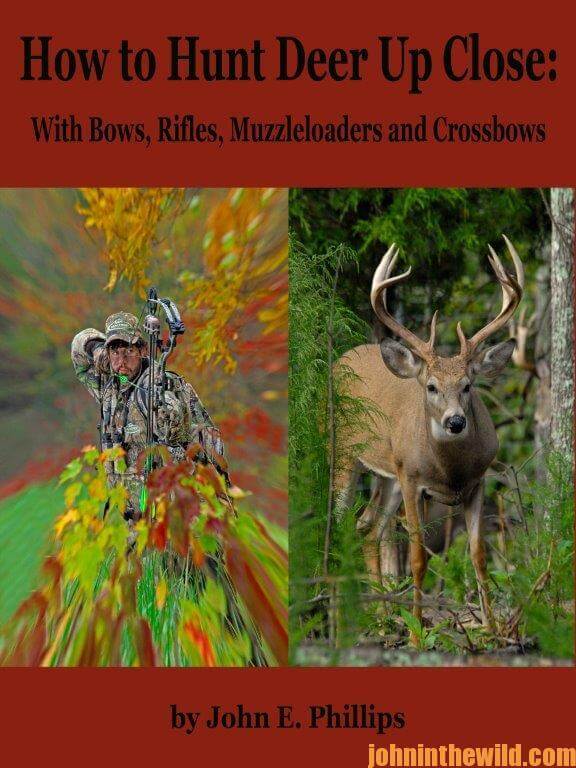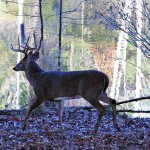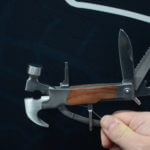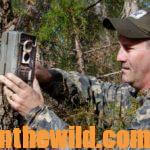Editor’s Note: Dr. Robert Sheppard of Tuscaloosa Alabama, who has taught schools about bowhunting for deer, hunting with blackpowder for deer and rifle hunting for deer, averages hunting white-tailed deer more than 40 days each year. Because of Sheppard’s medical training, he studies the sport of deer hunting with a researcher’s eye year-round and often sees overlooked details most deer hunters miss, which can make the difference in a successful and an unsuccessful hunt.
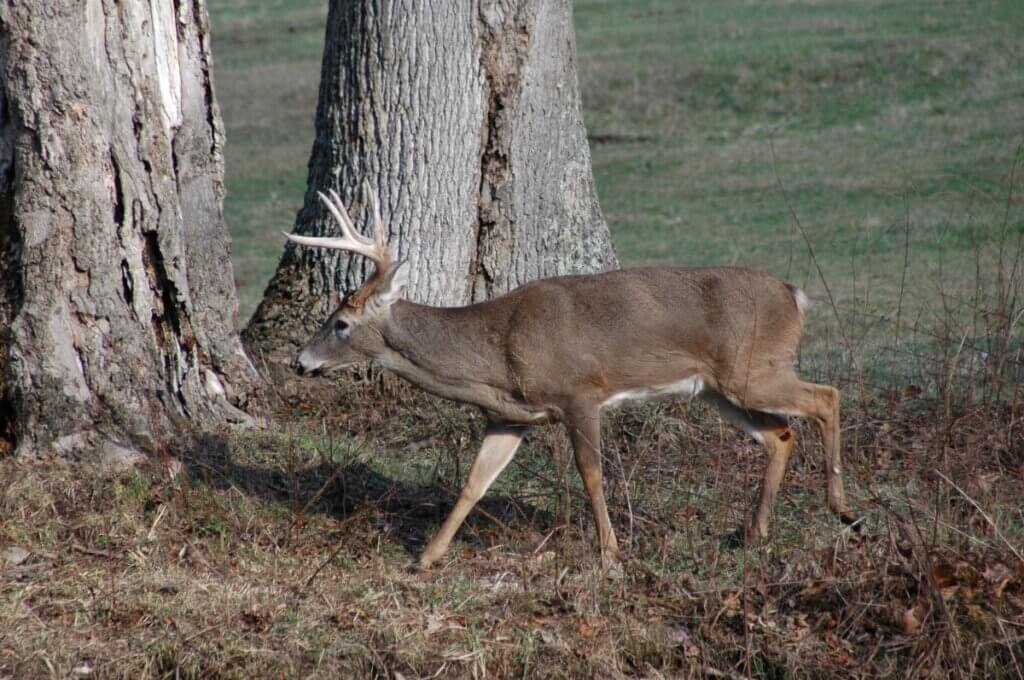
The deer’s movement patterns before the season starts are the patterns he’ll follow naturally and normally when he isn’t spooked and doesn’t have any hunting pressure exerted on him. This type of scouting is primarily for the bowhunter, the blackpowder shooter and may hold true for the first one or two days of gun season. But when the woods are full of hunters and deer are moving more from fright than for any other reason, these patterns often don’t work.
(Many hunters like the DeerCast app that’s been developed by Mark and Terry Drury and combines their 70+ years of deer-hunting experience to help predict where and when to hunt deer. You can keep up with the deer’s movements by including that information in your HuntStand, the onX Maps and DeerCast apps, your hand-held GPS and the GPS on your phone).
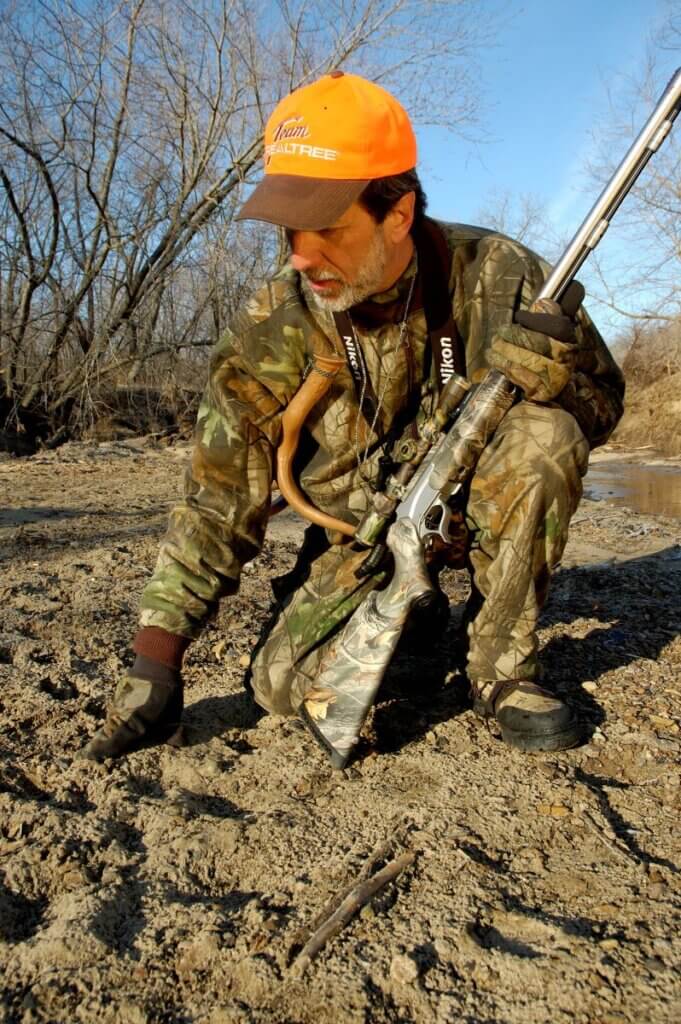
I begin to scout four to six weeks before deer season starts. If you start any sooner than that, the deer’s feeding patterns may change, and the food they have depended on during the summer may not be the same food they’re relying on during the season. If you don’t know what foods the deer are feeding on or probably will be feeding on during this four to six week period prior to the beginning of deer season, check with other hunters or the state conservation officer in your hunting area. More hunters are using drones for scouting for deer food – particularly on large properties.
Primarily early-season scouting is for deer moving toward or away from their feeding areas. In many regions of the country, one of the best places to find deer is around agricultural crops. For instance, let’s say a cornfield is bordered by a woodlot. The easiest method for patterning deer near a cornfield is to walk the edge of the field and look for tracks. But just locating tracks on the edge of a cornfield is not enough evidence to justify setting-up a tree stand or taking a stand close to that set of tracks going into the field.
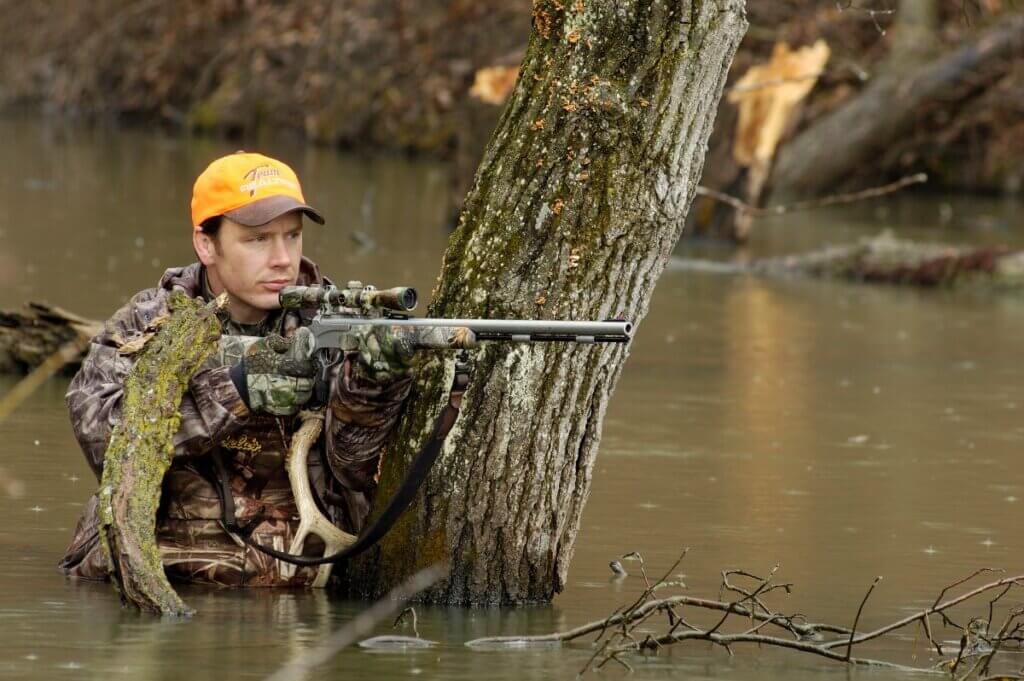
To increase your chances of taking a deer, you need to pinpoint where tracks go into the field and come out of the field at the same point, which is where the likelihood of catching a deer entering or leaving a field is the greatest. Deer generally will come through the same region day in and day out, but they also will meander through an area. If they start from a different point to move into the field on a particular day, they may use the same point to go out from the field. Or, if they come into the field from the place you’ve predetermined, then they may meander out in another direction. However, usually deer will prefer to use one or two places along the edge of a field for entering a field. Most often the deer will want to enter a field from either corners of the field that back into the woods or from the area that seems to funnel back into the woods.
The best way to scout a field is immediately after rain. The tracks will be fresh, and you can pick the places with the most deer movement that reveal tracks going in both directions. This tactic will work during the first few weeks of bow season usually – depending on hunting pressure -because deer will pattern the same way day after day without a number of hunter encounters.

Besides a cornfield, this tactic works on any type of food source you can locate early in the season. During those first two weeks of the season, you can hunt very close to a food source.
John E. Phillips’ latest deer book “How to Hunt Deer Like a Pro: Volume II,” just was published on Amazon in print and Audible. Since deer hunting and deer hunters are drastically changing each year, John interviewed some top deer hunters like Mark Drury, Dr. Larry Marchinton, Dr. Bob Sheppard, Pat Reeve, Gene Wensel, Cody Robbins, Ernie Calandrelli, Brian Murphy and Luke Brewster, who took the world’s largest whitetail, to learn their up-to-date techniques for successfully hunting deer and having more places to hunt.
Learn even more about hunting deer by checking out John’s book, “How to Hunt Deer Up Close with Bows, Rifles, Muzzleloaders and Crossbows” available in Kindle, print and Audible.
When you click on the books, notice on the left where Amazon says you can read and hear 10% of these Audible books for free. On the right side of the page for each book and below the offer for a free Audible trial, you can click on Buy the Audible book.
Click here see all of John E. Phillips’ books on hunting and fishing.
Tomorrow: Scout During Deer Season

